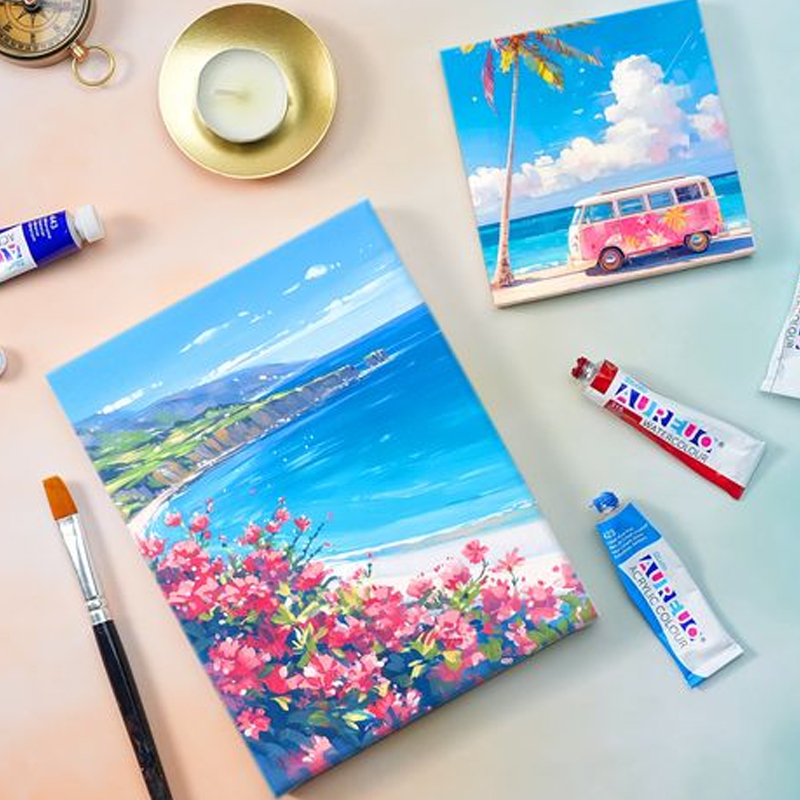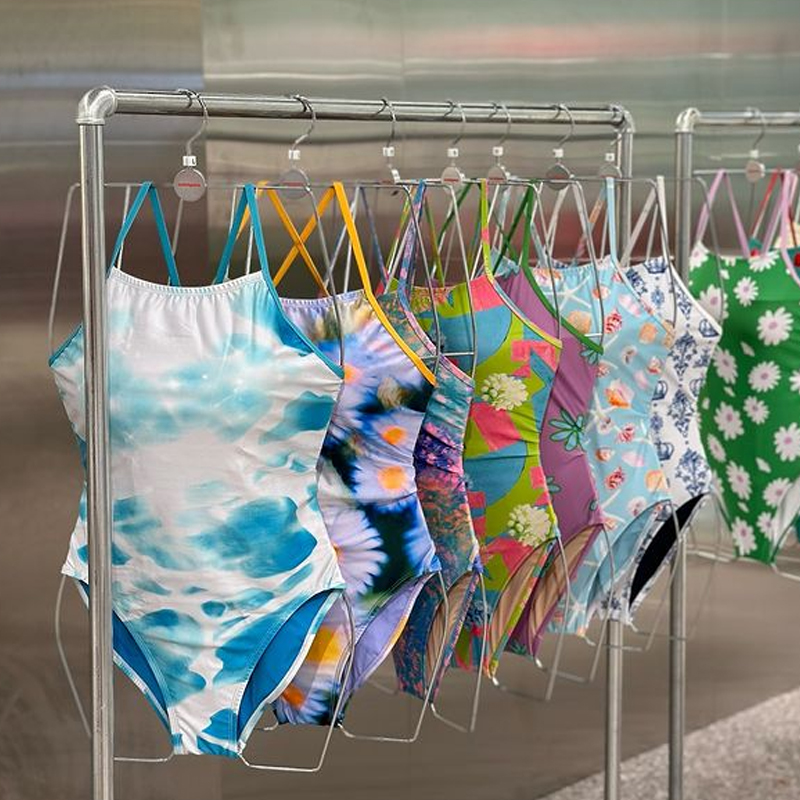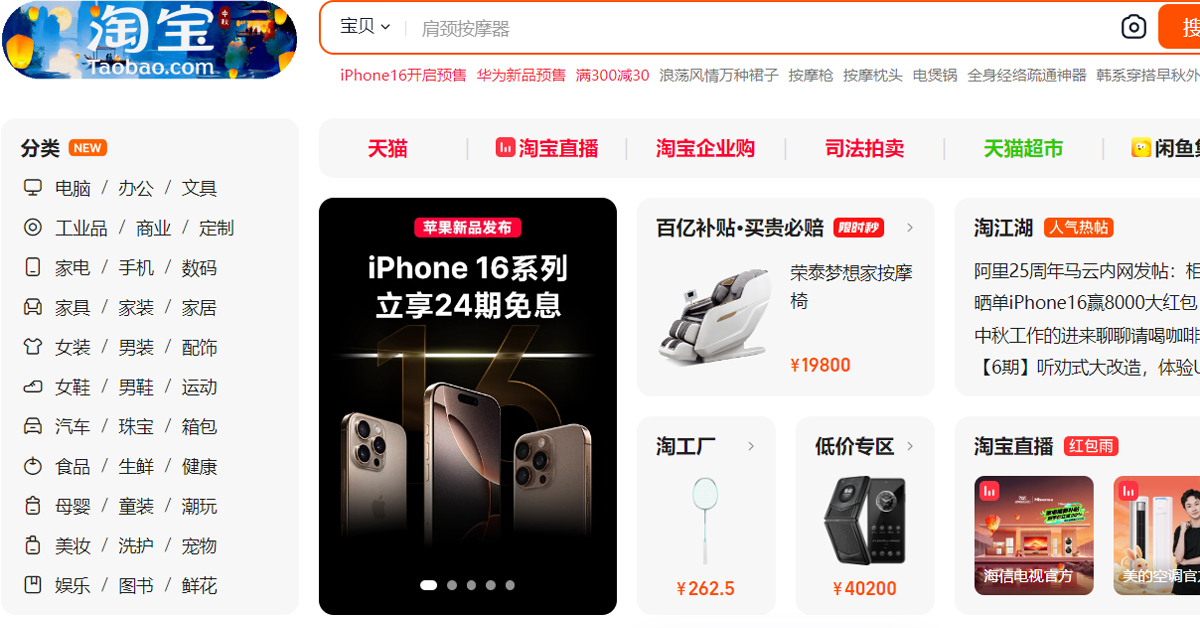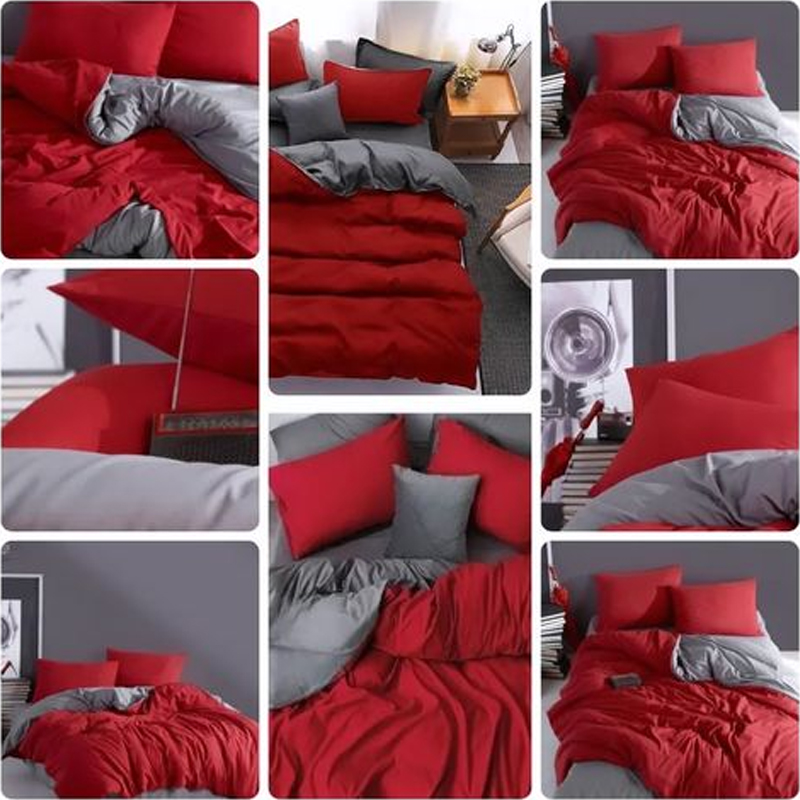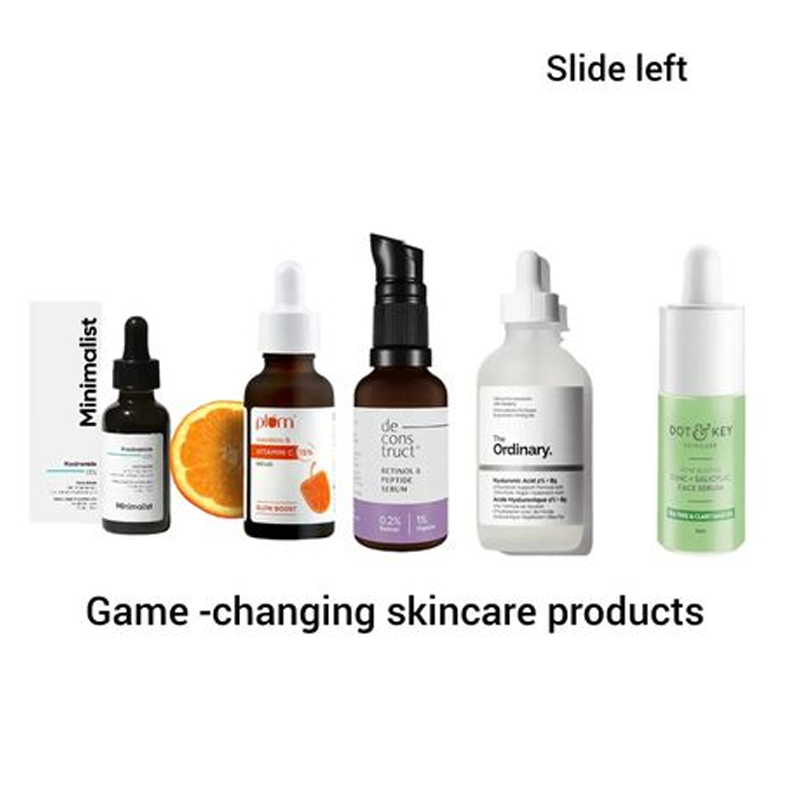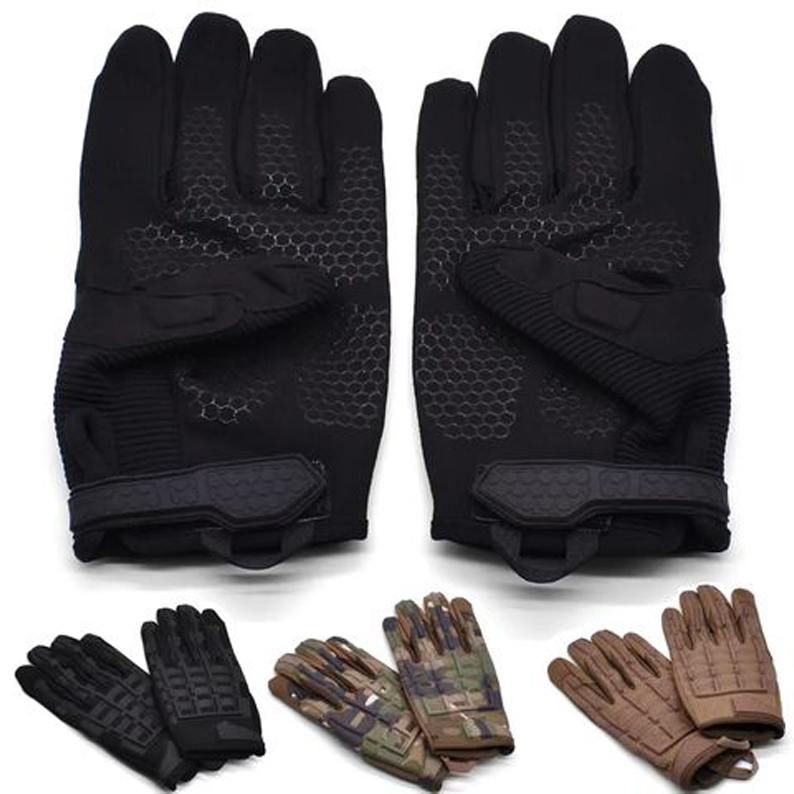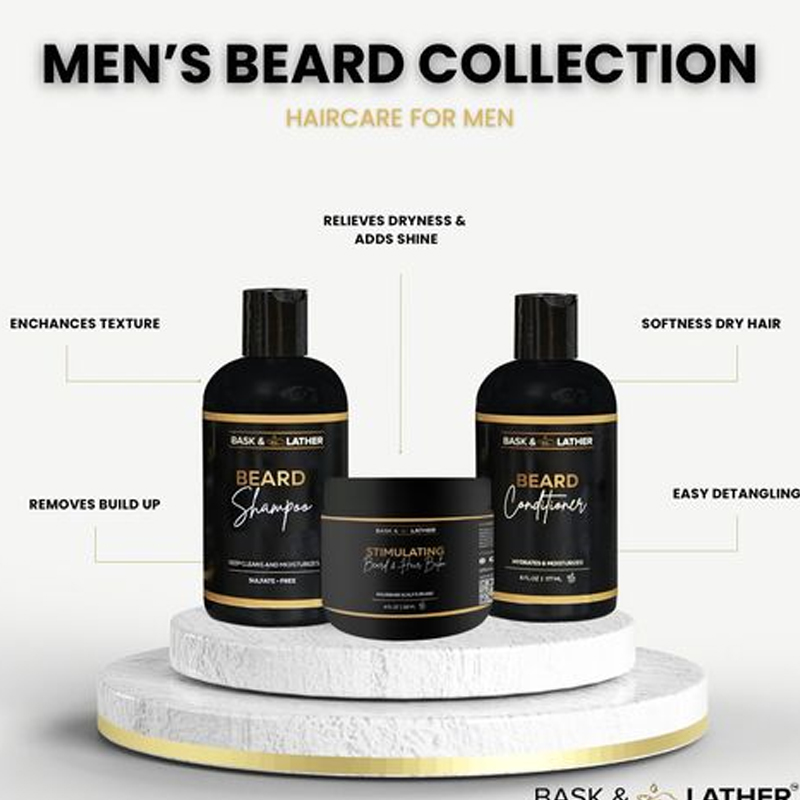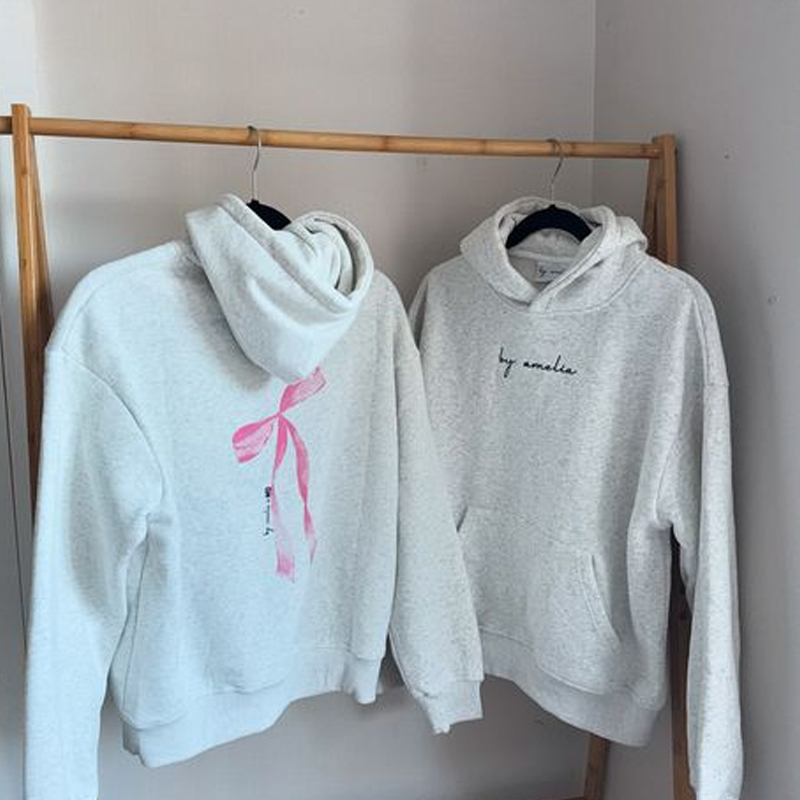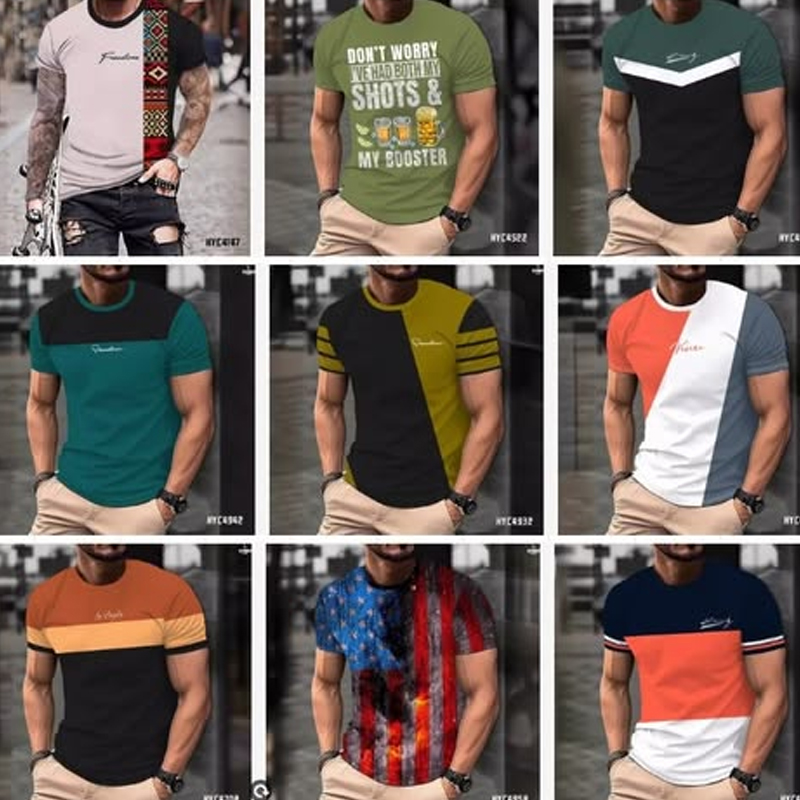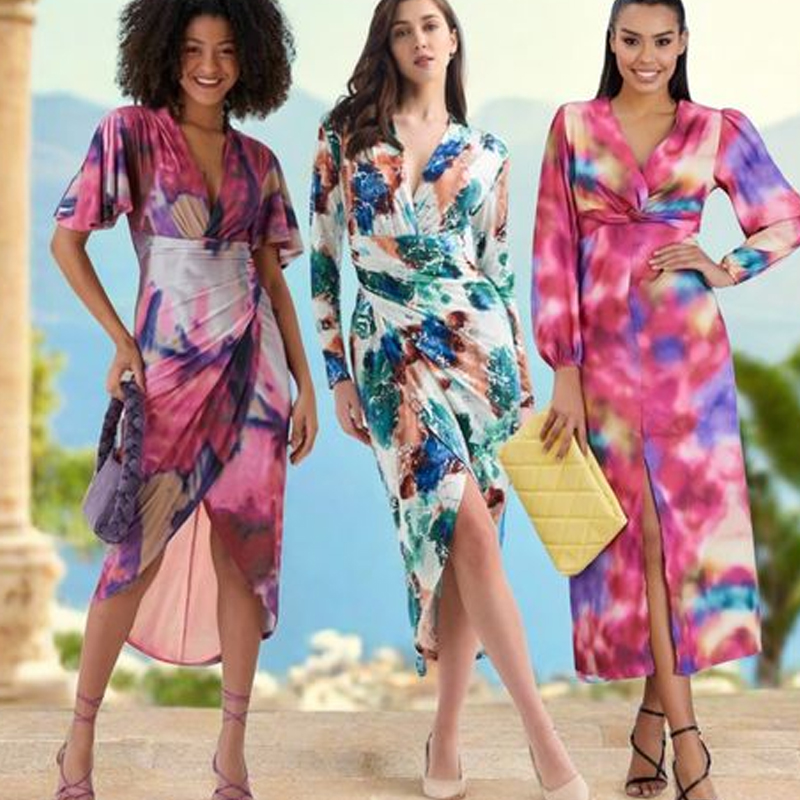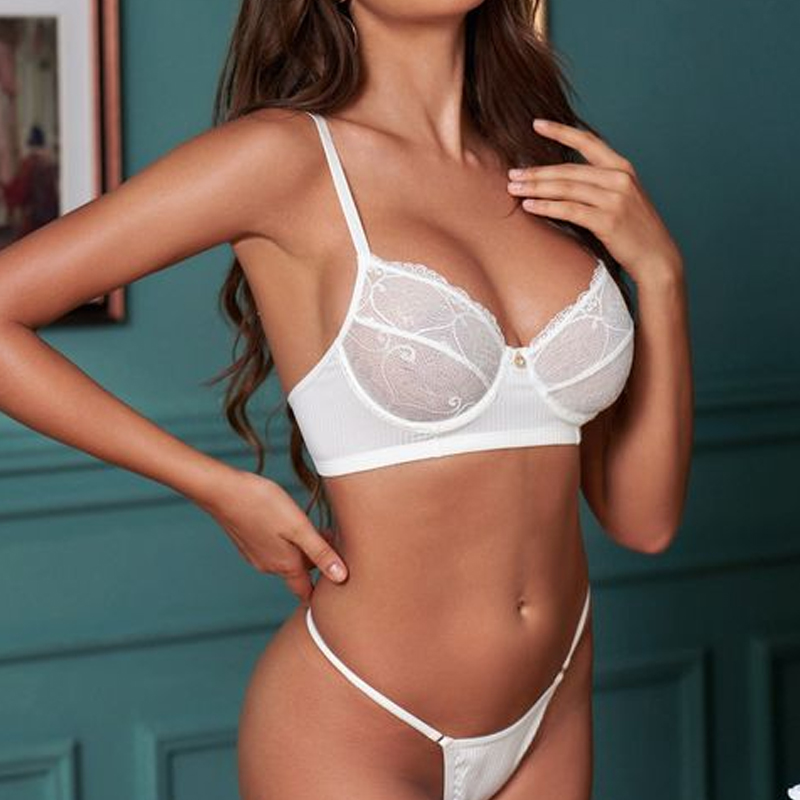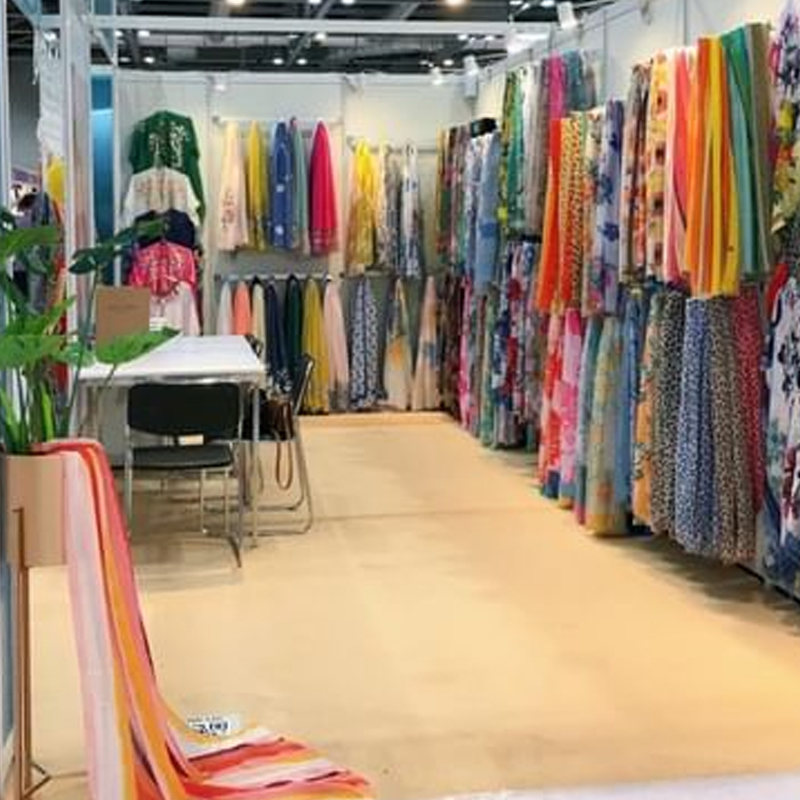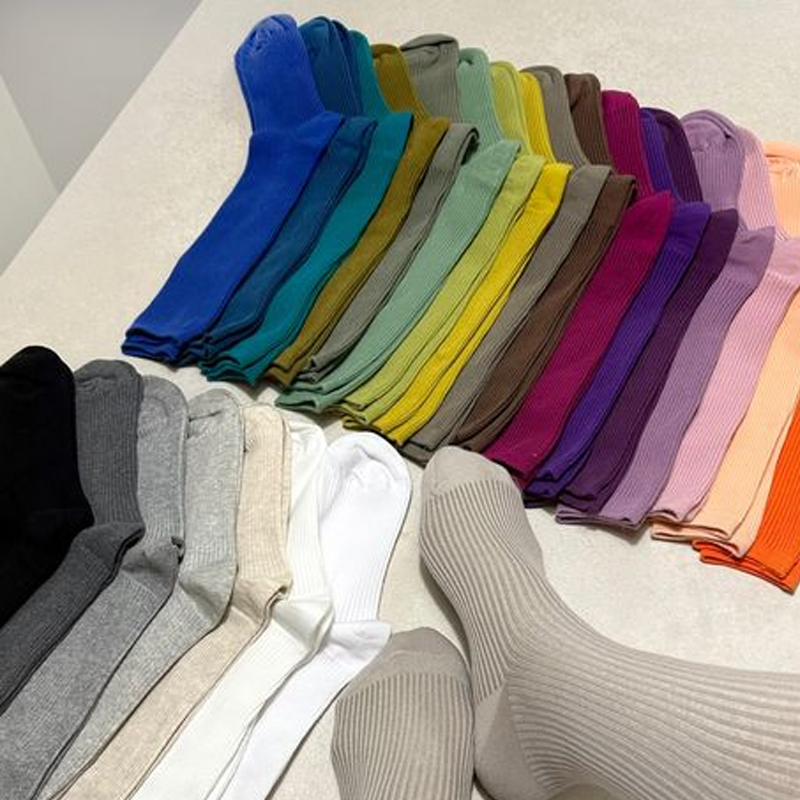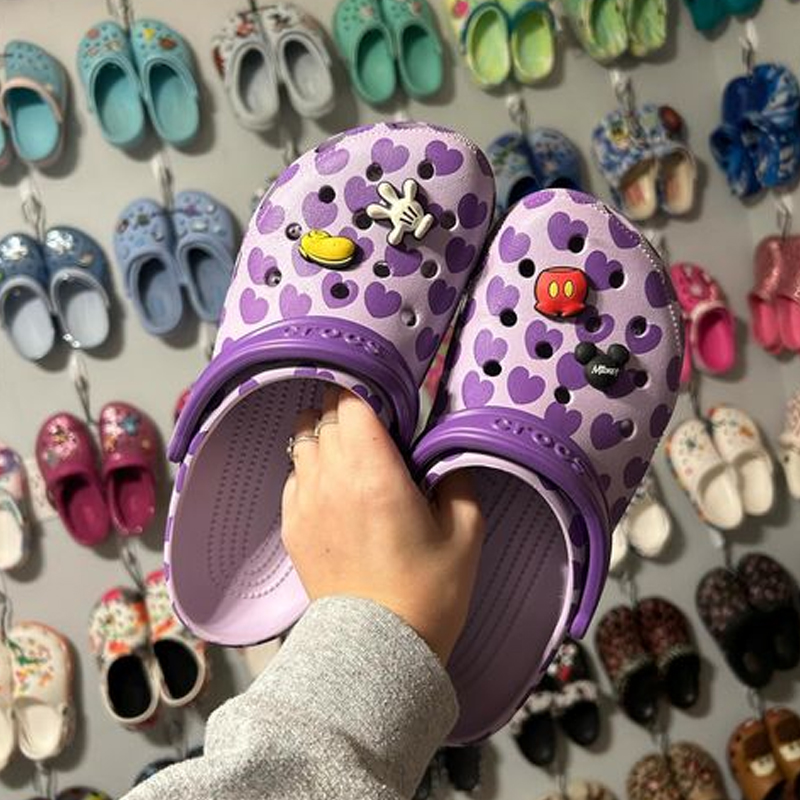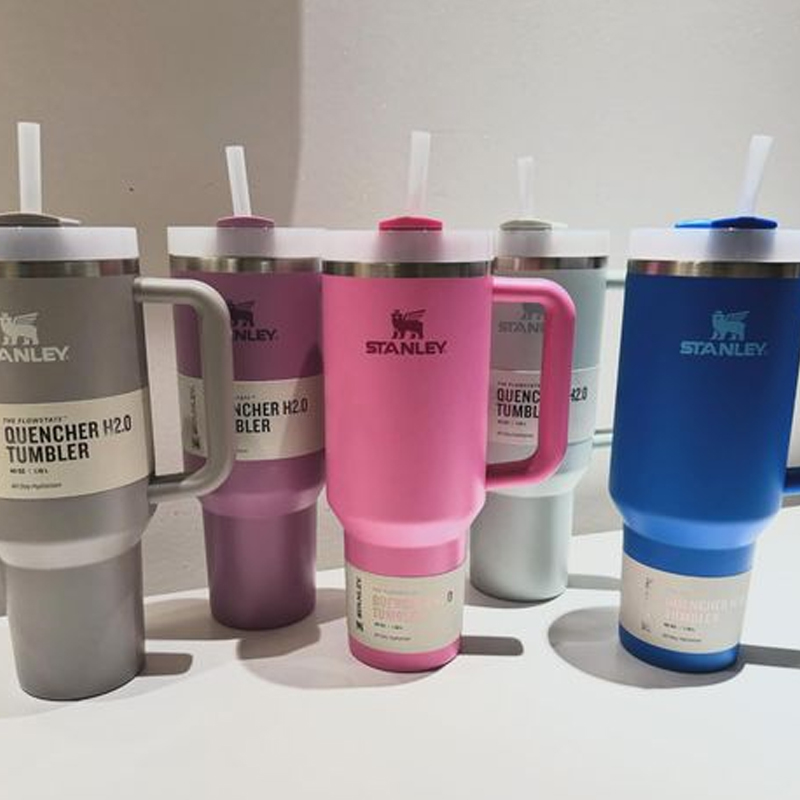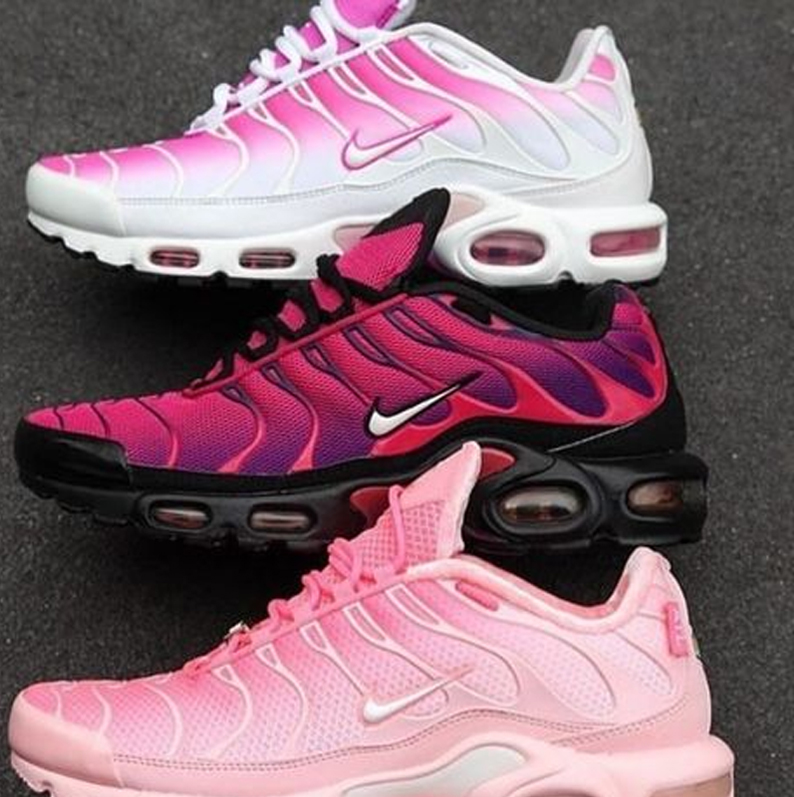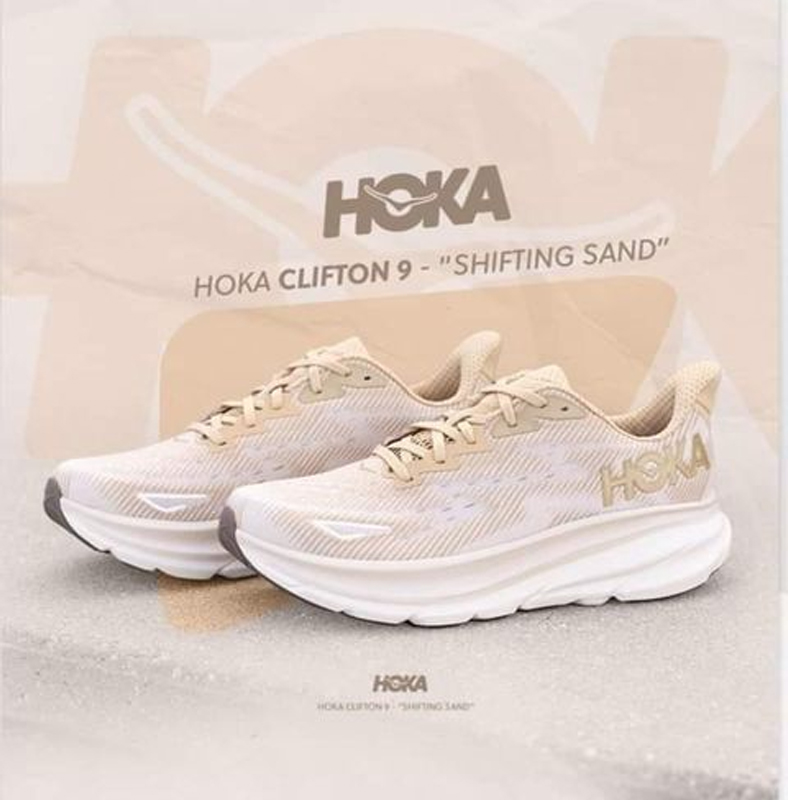Are you ready to make your mark in the beauty industry? This comprehensive guide will take you through the exciting world of private label cosmetics, from partnering with cutting-edge cosmetic manufacturers to mastering color development and packaging innovation. Discover how to build a successful brand that resonates with your target market and stays ahead of beauty trends. Whether you’re a startup or an established company looking to expand, this article is your roadmap to creating a thriving cosmetics line.
Key Takeaways: Your Roadmap to Private Label Cosmetics Success
- Partner with reputable cosmetic manufacturers for quality products
- Focus on innovative color development to stand out in the market
- Develop a diverse product range that caters to your target market
- Implement rigorous quality assurance processes
- Create flexible pricing models to maximize profitability
- Optimize your supply chain for efficiency
- Craft compelling brand storytelling to connect with customers
- Invest in packaging innovation to enhance product appeal
- Stay ahead with accurate trend forecasting
The Private Label Cosmetics Revolution: An Introduction
The beauty industry is booming, and private label cosmetics are at the forefront of this revolution. With the rise of social media influencers, makeup artists, and beauty enthusiasts, there’s never been a better time to launch your own cosmetics line. But where do you start?
First, let’s understand what private label cosmetics are. These are products manufactured by one company for sale under another company’s brand. This model allows you to create a unique product range without the need for your own manufacturing facilities. It’s a game-changer for entrepreneurs and established brands alike.
In this article, we’ll explore every aspect of creating a successful private label cosmetics line, from finding the right cosmetic manufacturers to developing your product range and marketing your brand. We’ll dive into color development, quality assurance, pricing models, and much more. So, buckle up and get ready to color your way to success!
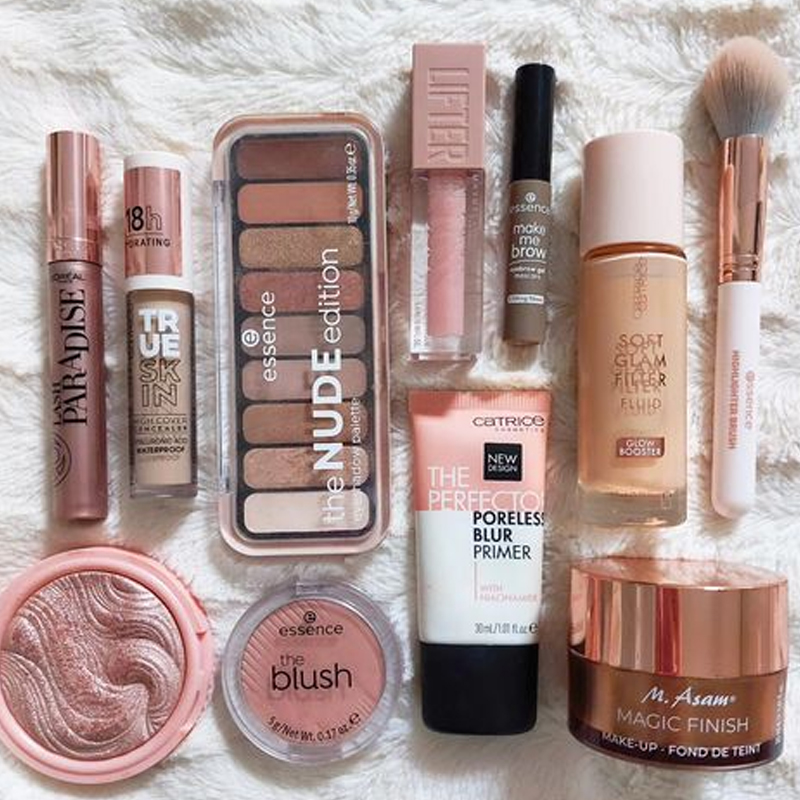
How to Choose the Right Cosmetic Manufacturers for Your Brand?
Selecting the right cosmetic manufacturers is crucial for the success of your private label brand. You need partners who can deliver high-quality products consistently and help you bring your vision to life. Here are some key factors to consider:
- Experience and Expertise: Look for manufacturers with a proven track record in producing cosmetics similar to your desired product range.
- Quality Standards: Ensure they adhere to strict quality control measures and have necessary certifications.
- Flexibility: Choose manufacturers who can accommodate your needs, from small batch productions to large-scale orders.
- Innovation: Opt for partners who stay up-to-date with the latest beauty trends and technologies, such as clean formulations and vegan options.
Remember, your manufacturer is more than just a supplier; they’re a key partner in your business. Don’t hesitate to ask for samples and conduct thorough research before making your decision. A good manufacturer will be transparent about their processes and willing to work closely with you to achieve your goals.
“The right manufacturer can make or break your private label cosmetics brand. Choose wisely, and you’ll have a partner for long-term success.” – Industry Expert
What Are the Secrets to Successful Color Development in Cosmetics?
Color development is at the heart of any cosmetics line. It’s what makes your products stand out on the shelf and in social media feeds. But creating the perfect shades isn’t just about aesthetics; it’s about understanding your target market and current trends. Here’s how to master color development:
- Know Your Audience: Research your target market’s preferences and needs. Are they looking for bold, vibrant colors or subtle, natural hues?
- Stay on Trend: Keep an eye on fashion and beauty trends to inform your color choices.
- Consider Skin Tones: Develop inclusive shade ranges that cater to a diverse customer base.
- Test, Test, Test: Work with makeup artists and conduct extensive testing to ensure your colors perform well in real-world conditions.
Innovative color development goes beyond just picking pretty shades. It involves understanding color theory, pigment technology, and how different formulations interact. For example, long-wear technology can affect how a color appears and lasts on the skin. Collaborate closely with your cosmetic manufacturers to explore new possibilities in color development.
How to Develop a Diverse and Appealing Product Range?
Creating a comprehensive product range is essential for attracting a wide customer base and encouraging repeat purchases. Here’s how to develop a diverse and appealing lineup:
- Start with Essentials: Begin with core products like foundations, lipsticks, and eyeshadows.
- Expand Strategically: Gradually add complementary products like primers, setting sprays, and tools.
- Cater to Different Needs: Offer options for various skin types, concerns, and preferences.
- Embrace Innovation: Incorporate trending formulations like clean beauty and vegan options.
- Create Seasonal Collections: Keep your range fresh with limited-edition products tied to seasons or events.
Remember, your product range should tell a cohesive story about your brand. Each item should align with your brand values and aesthetic. Consider creating application guides to help customers understand how to use your products together for the best results.
| Product Category | Essential Items | Innovative Additions |
|---|---|---|
| Face | Foundation, Concealer, Blush | Color-changing foundation, Blush-highlighter hybrid |
| Eyes | Eyeshadow palette, Mascara, Eyeliner | Waterproof glitter liner, Lash-enhancing primer |
| Lips | Lipstick, Lip gloss, Lip liner | Plumping lip oil, Long-wear liquid lipstick |
Who Is Your Target Market and How to Reach Them?
Identifying and understanding your target market is crucial for the success of your private label cosmetics brand. Your target market will influence everything from product development to marketing strategies. Here’s how to define and reach your ideal customers:
- Conduct Market Research: Use surveys, focus groups, and social media analytics to gather data about your potential customers.
- Create Buyer Personas: Develop detailed profiles of your ideal customers, including demographics, preferences, and pain points.
- Tailor Your Message: Craft brand storytelling that resonates with your target audience’s values and aspirations.
- Choose the Right Channels: Focus on platforms where your target market spends their time, whether it’s Instagram, TikTok, or beauty blogs.
Once you’ve identified your target market, engage with them authentically. Collaborate with influencers and makeup artists who align with your brand values. Leverage social media campaigns and virtual try-on tools to create interactive experiences. Remember, building a community around your brand can turn customers into loyal advocates.
“Understanding your target market is like having a roadmap to success. It guides every decision you make in your cosmetics business.” – Marketing Expert
What Quality Assurance Measures Are Essential for Cosmetic Products?
Quality assurance is non-negotiable in the cosmetics industry. Your products need to be safe, effective, and consistent to build trust with your customers. Here are key quality assurance measures to implement:
- Ingredient Sourcing: Ensure all ingredients meet safety and quality standards.
- Manufacturing Processes: Work with cosmetic manufacturers that follow Good Manufacturing Practices (GMP).
- Testing Protocols: Conduct rigorous testing for safety, efficacy, and stability.
- Batch Tracking: Implement a system for tracking each batch of products for quality control and potential recalls.
- Customer Feedback: Regularly collect and analyze customer feedback to identify any quality issues.
Consider investing in third-party certifications to further validate your quality assurance efforts. These could include cruelty-free, vegan, or clean beauty certifications, depending on your brand positioning. Remember, transparency about your quality assurance measures can be a powerful marketing tool, building trust with your customers.
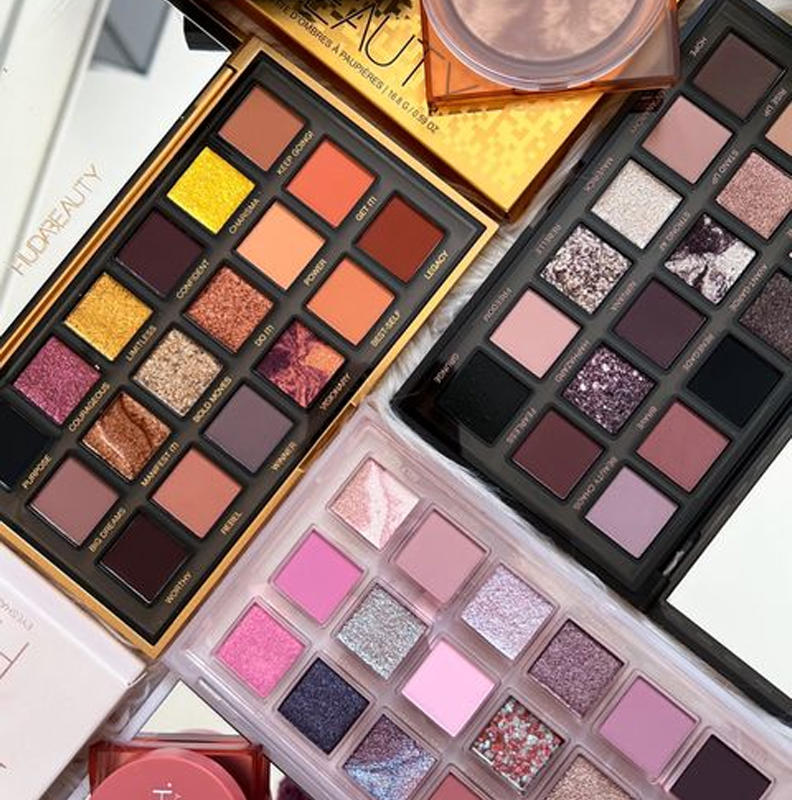
How to Develop Effective Pricing Models for Your Cosmetics Line?
Pricing your private label cosmetics is a delicate balance between profitability and market competitiveness. Here’s how to develop effective pricing models:
- Cost-Based Pricing: Start by calculating your production costs, including manufacturing, packaging, and shipping.
- Market-Based Pricing: Research competitor prices to understand what customers are willing to pay.
- Value-Based Pricing: Consider the unique benefits your products offer and price accordingly.
- Dynamic Pricing: Implement flexible pricing strategies for special promotions or seasonal collections.
Remember to factor in all costs, including marketing expenses and potential retail collaborations. Consider offering different price points within your range to cater to various customer segments. For example, you might have a premium line alongside more affordable options.
E-commerce integration can also influence your pricing strategy. Online sales may allow for more competitive pricing due to lower overhead costs compared to brick-and-mortar retail.
What Are the Key Elements of an Efficient Cosmetics Supply Chain?
An efficient supply chain is crucial for delivering high-quality products to your customers on time and within budget. Here are key elements to consider:
- Reliable Suppliers: Build strong relationships with cosmetic manufacturers and ingredient suppliers.
- Inventory Management: Implement robust inventory tracking systems to avoid stockouts or overstock situations.
- Efficient Logistics: Optimize your shipping and distribution processes for speed and cost-effectiveness.
- Quality Control: Implement quality checks at every stage of the supply chain.
- Flexibility: Build in contingency plans to handle supply chain disruptions.
Consider leveraging technology to streamline your supply chain. Inventory management software can help you track stock levels in real-time, while e-commerce integration can automate order processing and fulfillment. Remember, an efficient supply chain not only reduces costs but also improves customer satisfaction through timely deliveries and consistent product quality.
How to Create Compelling Brand Storytelling for Your Cosmetics Line?
In the crowded cosmetics market, compelling brand storytelling can set you apart from the competition. Here’s how to craft a narrative that resonates with your audience:
- Define Your Brand Values: Identify what your brand stands for beyond just selling products.
- Create an Origin Story: Share the inspiration behind your brand and its journey.
- Highlight Unique Selling Points: Showcase what makes your products special, whether it’s innovative formulations or inclusive shade ranges.
- Use Visual Storytelling: Invest in high-quality product photography and video content.
- Engage Your Community: Share customer stories and encourage user-generated content.
Your brand story should be consistent across all touchpoints, from your website to your social media campaigns. Consider collaborating with makeup artists or influencers who embody your brand values to amplify your message. Remember, authentic storytelling creates emotional connections with your customers, fostering brand loyalty.
“A great product gets you customers, but a great story keeps them coming back.” – Branding Expert
What Packaging Innovations Can Set Your Cosmetics Apart?
Innovative packaging can significantly enhance the appeal of your cosmetics line and provide a competitive edge. Here are some packaging trends to consider:
- Eco-Friendly Packaging: Use recyclable or biodegradable materials to appeal to environmentally conscious consumers.
- Smart Packaging: Incorporate QR codes or NFC technology for interactive experiences.
- Customizable Packaging: Offer personalization options to make your products feel unique.
- Multifunctional Design: Create packaging that serves additional purposes, like built-in applicators or refillable containers.
- Artistic Collaborations: Partner with artists or designers for limited edition packaging.
Remember, your packaging is often the first physical interaction a customer has with your product. It should not only be visually appealing but also functional and aligned with your brand values. Consider how your packaging will look in product photography and on social media, as these visuals play a crucial role in online sales.
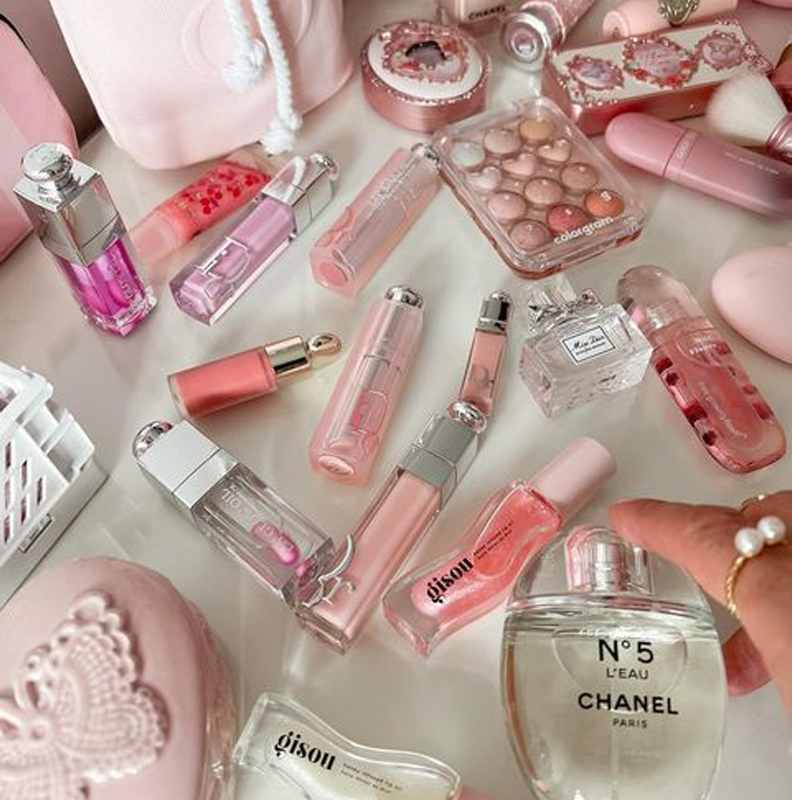
How to Stay Ahead with Accurate Trend Forecasting in the Cosmetics Industry?
Staying ahead of trends is crucial in the fast-paced world of cosmetics. Here’s how to sharpen your trend forecasting skills:
- Monitor Fashion Weeks: Beauty trends often follow fashion trends.
- Follow Industry Leaders: Keep an eye on what major brands and influencers are doing.
- Analyze Social Media Data: Use social listening tools to identify emerging trends.
- Attend Trade Shows: Get insights into upcoming innovations in ingredients and formulations.
- Conduct Regular Market Research: Stay in touch with your customers’ evolving preferences.
Remember, trend forecasting isn’t just about identifying what’s popular now, but predicting what will be popular in the future. This foresight allows you to develop products that meet future demand, giving you a competitive edge. Consider creating seasonal collections that align with forecasted trends while maintaining your brand’s unique identity.
Ready to Launch Your Private Label Cosmetics Line? Here’s Your Next Step
Embarking on your private label cosmetics journey is exciting, but it can also be challenging. That’s where partnering with experienced Chinese factories can make all the difference. These manufacturers offer a combination of quality, innovation, and cost-effectiveness that can help your brand thrive.
If you’re ready to turn your cosmetics dreams into reality, consider reaching out to BuyFromChinaDirect. We specialize in connecting businesses with top-tier Chinese manufacturers in the cosmetics industry. Our expertise can help you navigate the complexities of product development, quality assurance, and supply chain

